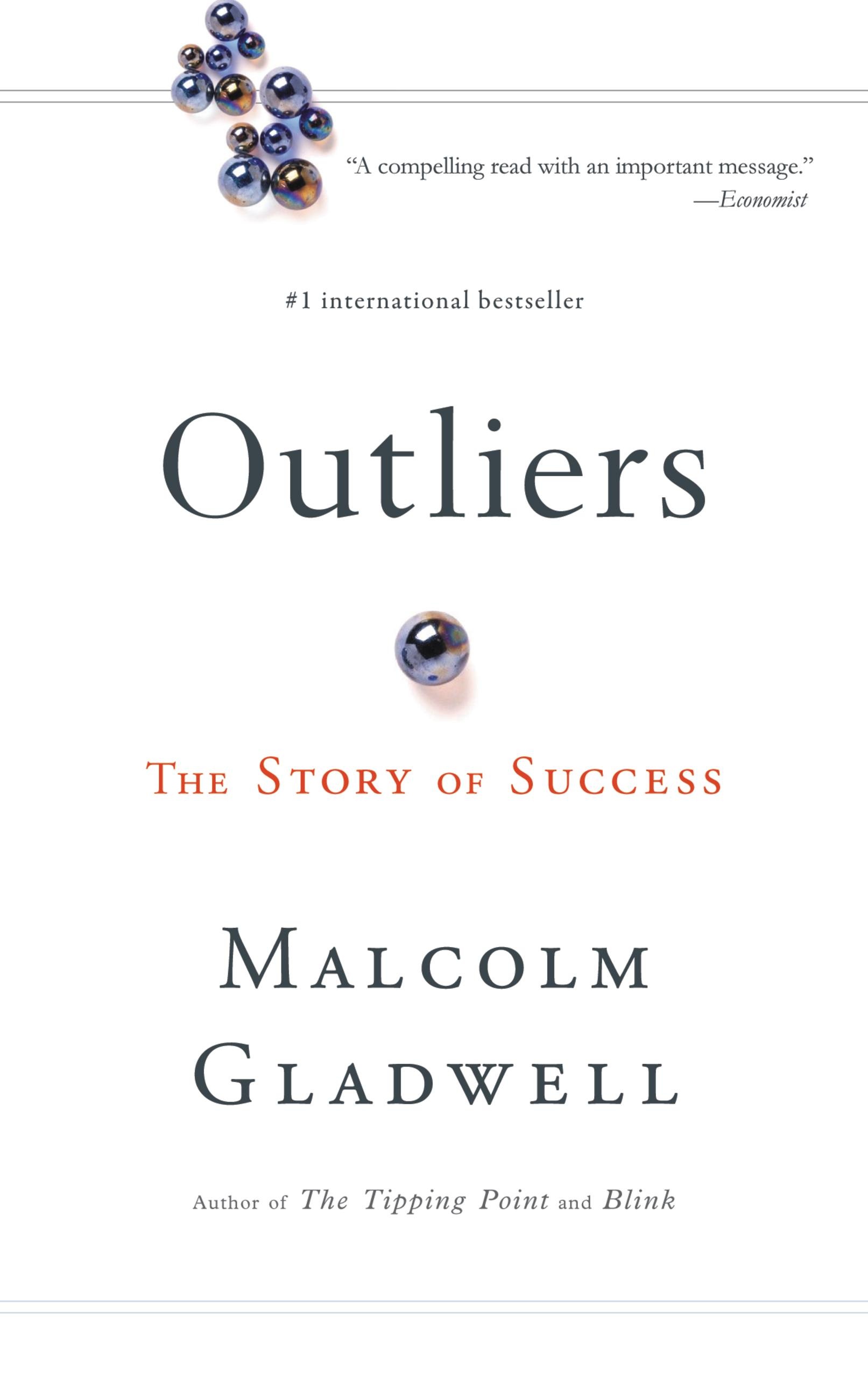My last two novels have been mysteries, set around the year 1940. The last one centered on a hard-nosed, sarcastic gumshoe with a bunch of characters who said, "ain't," "anyways," and "we was," while grousing about broads and dames. My writer's mindset has been firmly immersed in that era and its lingo. In polite modern company, I've had to be careful not to slip into my noir characters' language patterns, lest I offend.

So, with that in mind, I just recently decided to try my hand at some futuristic sci-fi fantasy. Why? Well, a protagonist character and the skeleton of a story have been rattling around in my head (the writer's curse, I suppose) and it was time to let it out to roam free throughout my word processor. But, dear reader, you can imagine my linguistic predicament. The setting is not the mean streets of some gritty, pre-war city. The characters aren't half-educated violent mobsetrs, or dim-witted dames. No, the setting is a desert on a far away planet, filled with warriors, nomads, satraps, and evil wizards.
Thus I find myself doing the genre-switch two-step. The aliens do not speak in contractions. I suppose they'll have some form of sarcasm, but maybe it'll turn out sounding like Mork from Ork, instead of Jim Rockford. I've only written two chapters so far, but I find myself wondering if the dialog is stilted, rather than extraterrestrial.
My critique group mates are amazed after they hear my work read aloud. This just isn't something I write! The reviews have been positive so far. But as I write, the language usage is just so ... so ... alien.




 Copyright © 2019,
Copyright © 2019, 
